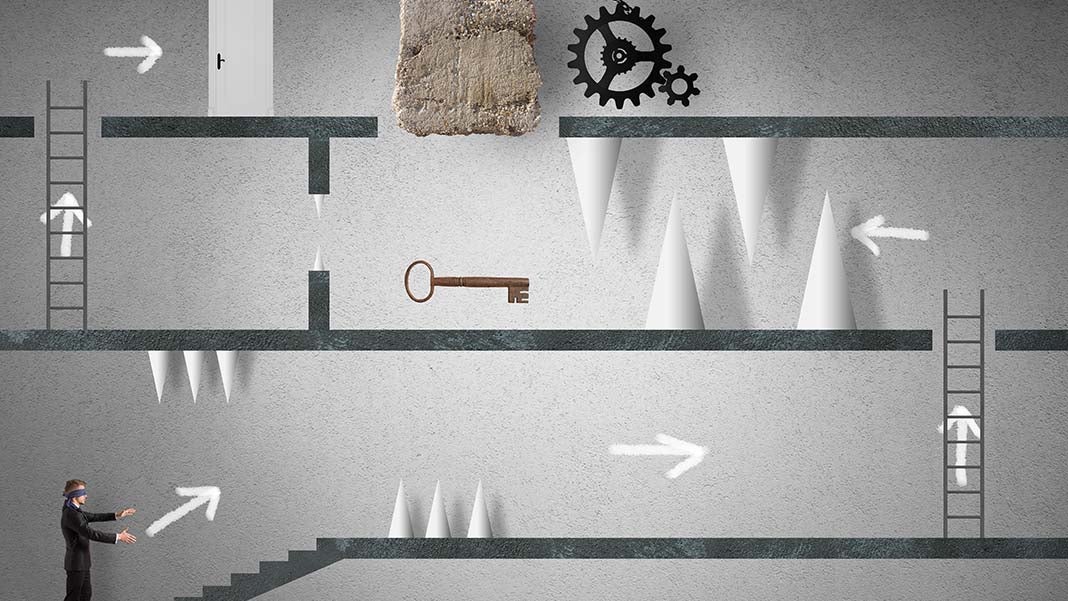10 Obstacles to Product Adoption That Kill Businesses
By: Marty Zwilling

When entrepreneurs introduce new products to the market, their passion and conviction often leads them to assume that every potential customer will see the immediate need and value, and will quickly adopt the solution. They are devastated when their business growth never starts or stalls, and they have no idea how to get it moving again.
As an advisor to many startups, I often spend hours with business owners helping them anticipate every possible obstacle to the adoption of their solution, and developing a rollout plan to include antidotes. I just finished a new book, “Jobs to Be Done,” by Stephen Wunker, Jessica Wattman, and David Farber, which details well my perspective on these challenges and counter strategies.
While the author’s mission is broader in intent, to provide a roadmap for customer-centered innovation, they definitely codify the principles I espouse in anticipating the primary obstacles to new solution adoption. Here is a summary of their key observations, with our joint specifics on what to expect, and how to overcome these obstacles:
- Customers don’t buy what they don’t know and understand. In today’s information overload, marketing is everything. Word-of-mouth is great, but it’s not a launch strategy that stands alone. The more revolutionary the solution, the more important it is to educate customers on a solution’s existence and value. Use every marketing channel available.
- Getting people to change behavior can be difficult. If your solution alleviates a high level of existing pain, customers more readily change. Yet most of the startups I see these days are providing a solution that is easier to use, more fun, or more productive. In these cases, you need testimonials, usage details, and return-on-investment examples.
- Multiple decision makers required to close a sale. Many healthcare solutions, for example, may appear to have great value to patients, but require doctors to feel safe, and insurance companies to approve. Entrepreneurs need to focus on selling each of the constituents in the chain, recognizing that more time and money are required for growth.
- Direct and indirect costs of the solution seem high. The most elegant products have the highest price tags, thus limiting market size. Every customer has a sense of what a solution should cost, based on competition, and the cost of doing nothing. A good tack is to sell exclusivity, or provide case studies to show return on investment and productivity.
- Solution brings risk to the customer, or high cost of failure. These days, people worry about the liability potential, or making a dramatic move that may be very expensive to recover from. These fears need to be offset by good marketing, education on benefits, and successful case studies. Expert testimonials and excellent support are essential.
- Products so innovative that they define a new category. Consider the Internet of Things (IoT) – a network of connected devices and sensors in a home or facility to allow control or access to almost everything. Just the concept requires learning, acceptance, and understanding value. Your business may die before all these elements come together and customers buy your offering.
Then comes a second set of longer-term obstacles to consider—things that cause customer sales to decline after an initial burst, or to stop usage after initial adoption. Here are the most common issues which cause this obstacle to growth:
- Solution requires lagging support infrastructure. For example, electric vehicles offer attractive benefits for drivers and the environment, but they also need charging stations and government regulations to facilitate broad usage.
- Adoption creates new pain points. Many new products sound great, but customers find them overly complex or difficult to use. Other new products are plagued with compatibility or performance problems, and customers quickly defer to new competitors.
- The luster wears off cool new products. Sometimes cool doesn’t mean better. Very quickly, customers start to look for that usability, improvement in productivity or return on investment. Marketing alone cannot make a product great.
- Products incorrectly targeted or not targeted. Initial hype can generate a sales spurt, but long-term growth requires a clear fit. The right market is the one that feels the most pain, and has money to spend. Nice-to-have for consumers with no money won’t work.
According to most experts, inadequate attention to these obstacles is the primary reason that more than 50 percent of newly launched products fall short of growth and revenue projections, and only 1 in 100 new products even covers its development costs.
Innovative solutions alone won’t make your business a success. You have to target and appeal to the right customers, and the right jobs that they need done. Is your business properly customer-centric?












